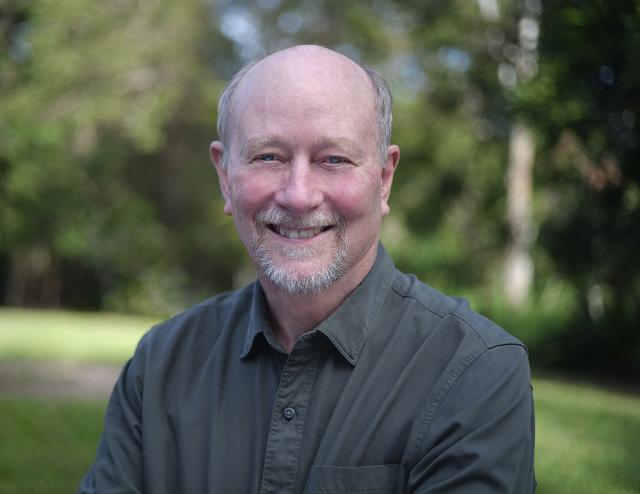After calling for nominations from the community a year ago, three community representatives, along with council staff, the mayor, and councillor observers were appointed to the Destination Management Project Control group (DMPCG). Surprisingly, applicants from shire community groups were not selected, rather, council invited all unsuccessful applicants to sit on an External Reference Group (ERG) as community representatives.
The last council attempted to devise a similar plan to address emerging tourism issues, but a final draft by resident groups was rejected and the new council discontinued the group soon after taking office.
The current draft plan, in process since August last year, is to be the basis for community discussion leading to a plan to find common ground for a pact between the residents and an industry that is learning how best to cope with major new visitation trends and demographics.
Now, a year later, and as we near the end of this council’s term, it was a surprise to resident community leaders on the ERG to be called to only a second meeting and informed they could review the draft DMP only if they agreed to sign a Non-Disclosure Agreement.
Some ERG members had been critical of the council’s Business Department which lead the formulation of the DMP. Already uneasy about the process, it was made clear to ERG group members they would be a “look but don’t touch” group and were ostensibly viewed as “ambassadors”.
Now, two influential resident group leaders have left the ERG.
Unsurprisingly, they were horrified to be asked not to disclose a document they had no say in formulating. How were they to go back to their members for comment on a plan without disclosing its contents?
Sir Humphrey would be proud of the paradox implicit here.
The current draft report, which is really a discussion paper, is extensive, and includes current council initiatives such as free public transportation, pedestrian and bicycle infrastructure, and planned initiatives such as timed parking with variable consumer charges and rideshare parking bays for hospitality workers.
The report particularly details the extensive infrastructure ratepayers contribute to keep the tourist precincts in top shape. And the constant references to” free” busses, ignores the fact that these are ratepayer subsidised.
The staff recommendation is pushing four options for the new report along the lines of a) doing nothing; b) gradual changes without major changes; c) react to visitor numbers when capacity reaches a certain level; and d) profound change leading to noticeable differences.
Only the final option would control an industry operating without effective limits, including STA zonings and compliance, traffic congestion that is no longer just a holiday season problem, and more regular and larger events.
Why are other options even being considered?
It looks like residents will again be side-lined by Tourism Noosa (TN) which has made little effort to account to the community for the many millions of dollars of funding council has given it over the years. .
TN doesn’t even have a councillor director on its board!
Very often blocked from the places they have fought for and infrastructure they have funded, residents are getting a raw deal.
TN’s refusal to engage with the community, practise transparency, and agree to public KPIs, means we can’t even benchmark their performance.
One of the questions asked in the report is: “How do we as a community, industry and council come together as stewards of our destination?”.
In fact, the draft report points to the many aspects of destination management where there is no real confluence of agreement possible.
It appears obvious to the writer that residents are expected to acquiesce in many instances.
We will shortly be asked to have our say on a new way forward. The next few months will be busy with community consultations, spearheaded by a multi-faceted campaign, including, online feedback, community workshops, print and electronic media, and a mail-out to residents.
The purpose of the discussion paper is stated as, “to put values and voice of the community first when considering the future of Noosa Shire”.
Once the DMP is complete, for the process to have a meaningful effect, it must be mandated as part of TN’s forward planning process.
The outcomes need to match set KPIs and all improvements instituted transparently. Getting all this up before council goes into caretaker mode will be a squeeze, but it should be possible.
Because the ERG members have been sidelined to date, it is more important than ever that the DMPCG listen closely to the community, take on board public feedback, and come up with a plan that brings real change for residents who are extensively impacted by the threat of over-tourism.
Anything less will mean four more wasted years.









